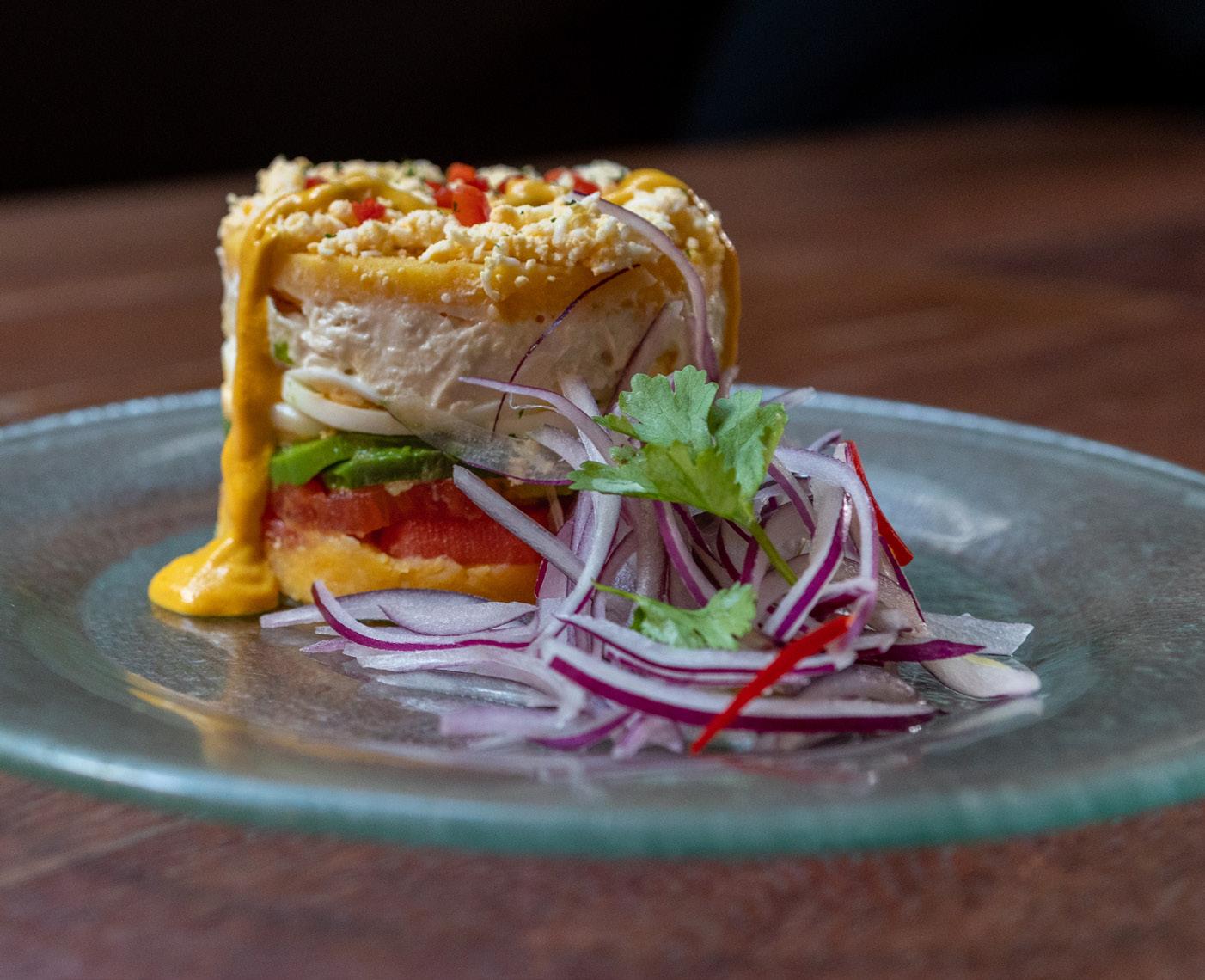Taste first, think second: Consumers in South America want products that challenge their sensory perceptions Over the last couple of decades, cuisine habits within South America have changed considerably. The middle class has grown in the region and with that, so has levels of disposable income. In addition, consumers have been exposed to more choice than ever before from a food and drink perspective. This means that traditional dietary habits across the region are changing, with consumers being more open than ever to trying new food and drink products from around the world. It also means that consumers want a genuine experience when choosing products, even when it comes to everyday consumption occasions, and they are becoming more difficult to impress when it comes to new product development. All of this is driving demand for new and unusual flavours in product categories. Consumers tend to seek out new and novel flavours as a form of self-expression and are looking to showcase their sophisticated experimental food and drink choices to their social circle. Consumers find a variety of different flavours appealing, for instance, consumers like flavour hybrids, flavours not synonymous with a category, hot and spicy flavours, and flavours from around the world. In some instances, flavours from a foreign country are not enough and consumers want flavours from specific regions within that country. Regardless of the type of flavour enjoyed, the research shows that there is scope to push the boundaries of innovation within the food and drink market and challenge sensory perceptions. When seeking out experimental food and drink, it must also be remembered that consumers want products that they deem to be premium in order to reflect their good taste and sophistication. This means that experimental flavours must be seen as more than a novelty and something that enhances the sensory experience of products. Story-based marketing around the sourcing of ingredients as well as why flavours have been used, can help authenticate the premium credentials of such products. If flavours are seen as nothing more than a novelty, however, it is something that potentially runs the risk of de-valuing a brand.
16 | L earn more about Fi Global CONNECT: Regions in the Spotlight










